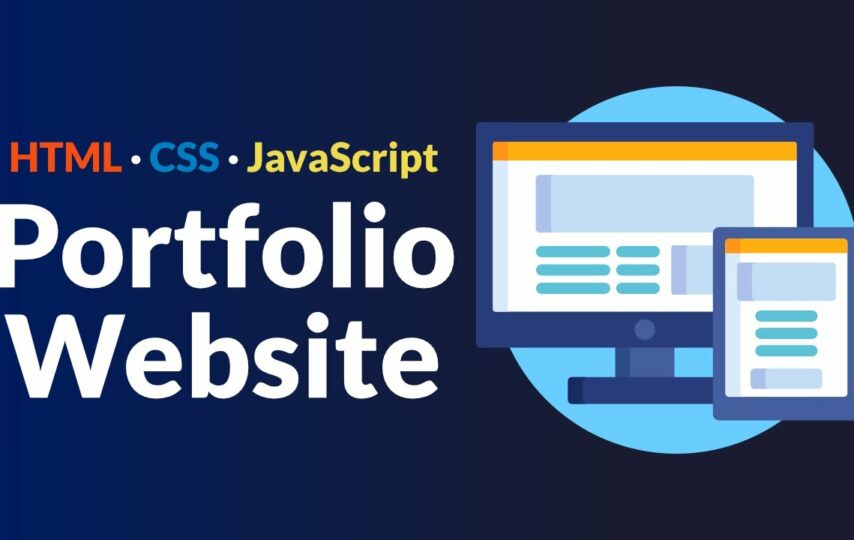The world of website design services has evolved tremendously over the years. From basic HTML pages to the most sophisticated e-commerce sites, businesses of all sizes have had to adapt to changing times and technologies. Yet, despite these advancements, many web designers continue to rely on outdated methods and tools that can make the design process frustrating and time-consuming.
If you’re sick and tired of doing website design and development services the old way, consider new approaches to streamline your work and make it more efficient. In this article, we’ll explore ways you can modernize your web design process and create better websites for your clients.
The Problem with Traditional Web Design
Before we dive into new approaches, let’s take a quick look at the problems with traditional web design methods. Typically, the process goes something like this:
- The client provides a brief that outlines their requirements and expectations for the site.
- Based on the client’s brief, the designer creates a wireframe or mockup of the site’s layout and functionality.
- The client reviews the wireframe and provides feedback.
- The designer incorporates the feedback and creates a more detailed design, including colour schemes, typography, and imagery.
- The client reviews the design and provides feedback.
- Based on the client’s feedback, the designer makes revisions and tweaks to the design.
- This process continues until the design is finalized and approved by the client.
While this process can work, it’s often time-consuming and can result in a less-than-ideal outcome. The back-and-forth between the client and designer can lead to miscommunications, delays, and frustration. Additionally, the designer may be limited by their creative abilities and the tools and resources they have at their disposal.
New Approaches to Website Design
Fortunately, there are new approaches to website design that can make the process faster, more collaborative, and more effective. Here are some of the most popular approaches in use today for small business website design services:
- User-Centred Design
User-centred design (UCD) is an approach that places the user at the centre of the design process. The designer takes the time to understand the user’s needs, preferences, and behaviours and uses this information to create a site tailored to the user’s needs. This approach can lead to better user experiences, higher engagement, and more successful outcomes.
- Rapid Prototyping
Rapid prototyping is an approach that involves creating quick, rough drafts of a site’s design rather than spending hours or days on a detailed mockup. This approach allows the designer to get feedback from the client or users early in the process before investing too much time or resources into a design that may not work. Rapid prototyping can also help designers explore multiple design options quickly and efficiently.
- Design Systems
A design system is a collection of reusable components, such as buttons, menus, and icons, that can create consistent and cohesive designs across a site or application. Design systems can save time and improve efficiency, as designers don’t need to recreate the same elements from scratch every time they design a new site or page. Additionally, design systems can ensure consistency and continuity across a site, improving the user experience.
- Collaborative Design
Collaborative design involves working closely with clients, stakeholders, and other designers throughout the design process. This approach ensures that everyone is on the same page, that feedback is incorporated quickly and efficiently, and that the final design meets the needs of all parties involved. Collaborative design can also help designers learn from others, improve their skills, and build stronger relationships with clients and partners.
What are the benefits of small business website design and management services?
Small business website design and management services can provide several benefits for small businesses, including:
- Professional and customized website design: A professional website can help small businesses establish a strong online presence, build trust with potential customers, and differentiate themselves from competitors.
- Increased online visibility: A well-designed and optimized website can help small businesses to improve their online visibility and attract more organic traffic from search engines.
- Improved user experience: A user-friendly and easy-to-navigate website can improve the user experience and increase the likelihood of visitors staying on the site and taking desired actions.
- Mobile optimization: With the increasing use of mobile devices, small businesses need a website optimized for mobile devices. Website design and management services can ensure a small business’s website is responsive and mobile-friendly.
- Search engine optimization (SEO): SEO is important in driving organic traffic to a website. Website design and management services can ensure that a small business’s website is optimized for search engines, including on-page optimization, keyword research, local SEO, and link building.
- Website maintenance and updates: A website requires regular updates to remain secure, up-to-date, and error-free. Website design services for small business can provide ongoing website maintenance and updates to keep a small business’s website running smoothly.
Overall, small business website design and management services can help small businesses to establish a strong online presence, attract more customers, and grow their business.








